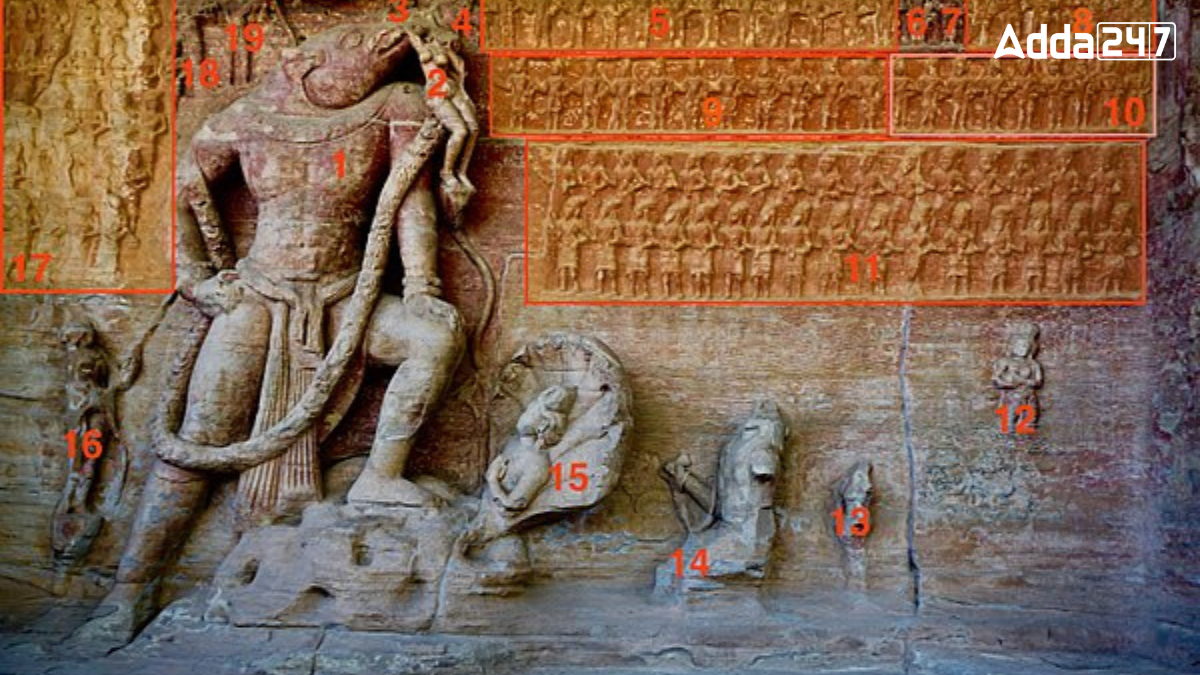Madhya Pradesh is rich in history and culture, with many remarkable sites to explore. Among them, the Udayagiri Caves, located near the city of Vidisha, stand out for their stunning rock-cut sculptures and ancient carvings. Dating back to the 4th to 5th century AD, these caves are a significant part of India’s heritage. They attract tourists and history enthusiasts, eager to discover the artistry and cultural importance of this fascinating location.
An Overview of Madhya Pradesh
Madhya Pradesh, known as the “Central Province,” is located in the heart of India. The state’s capital is Bhopal, while Indore is its largest city. Other significant cities include Jabalpur, Gwalior, Ujjain, Dewas, Sagar, Chhindwara, and Rewa. Madhya Pradesh is the second largest state in India by area and the fifth largest by population, with over 72 million residents. It shares borders with Uttar Pradesh to the northeast, Chhattisgarh to the east, Maharashtra to the south, Gujarat to the west, and Rajasthan to the northwest.
Number of Districts in Madhya Pradesh
Madhya Pradesh consists of 55 districts organized into 10 divisions. As of 2023, the state has 55 district panchayats, 376 tehsils, 313 block panchayats (janpad panchayats), and 23,043 village panchayats (gram panchayats). In terms of urban governance, there are 18 municipal corporations (Nagar Nigams), 100 municipalities (Nagar Palikas), and 264 town councils (Nagar Panchayats) in the state.
Largest and Smallest Districts of Madhya Pradesh
In Madhya Pradesh, the largest district by area is Chhindwara, covering 11,815 square kilometers. Conversely, the smallest district is Niwari, with an area of 1,170 square kilometers.
Which District of Madhya Pradesh is Known as Udayagiri Caves?
The Udayagiri Caves are a significant historical site located in the Vidisha district of Madhya Pradesh. Known for their ancient rock-cut architecture, these caves hold great importance in India’s cultural heritage. They are not just a tourist attraction but also a vital part of the country’s religious history.
Overview of Udayagiri Caves
The Udayagiri Caves consist of 21 rock-cut caves, dating back to between 250 CE and 410 CE. These caves are some of the oldest surviving examples of Hindu temples and iconography in India. They were constructed during the reign of Chandragupta II, a prominent ruler of the Gupta dynasty, known for its cultural and artistic achievements.




 Which Country is Known as the Land of Ch...
Which Country is Known as the Land of Ch...
 Which Bird is known as the King of Birds...
Which Bird is known as the King of Birds...
 Which City of Austria is Known as the Ci...
Which City of Austria is Known as the Ci...







